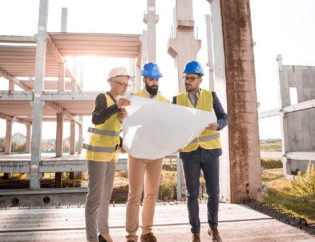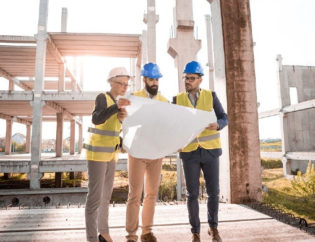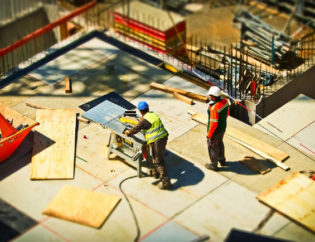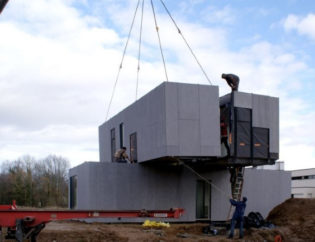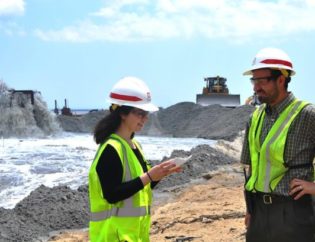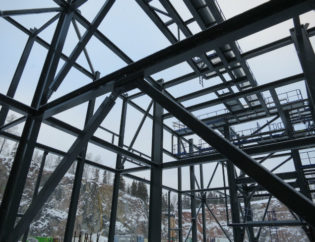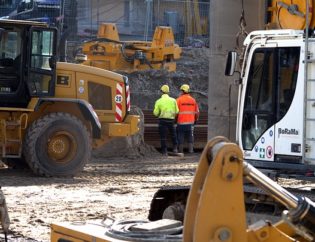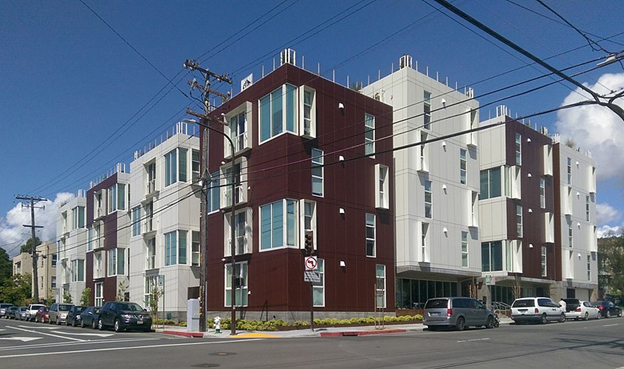
Prefabricated construction is gaining favour within Canada. With so many benefits provided by modular construction, builders are now choosing prefabricated construction for building structures. Prefabrication is nothing but a method of construction which includes:
- Manufacturing of components in a factory setting,
- Transporting components to the desired site, and
- Assembling components on the site.
But how does designing a pre-engineered structure beforehand can help you with building it? With a combination of good design and modern performance similar to a traditional building, it is essential to consider certain things while designing a prefab structure. So, if you have decided to build a pre-engineered structure, here are some things to consider when designing for prefabricated structures.
1) Project Type, Size, and Purpose
All you need to do is be clear of the purpose of building this new structure. Ask yourself these questions:
- What is the purpose of building the structure?
- What will be the functions of the structure?
- How will the structure meet your purpose?
- How big do you want your structure to be?
- How can the structure be compatible with the type of project?
Be clear about the type, size, and the purpose for building the structure by getting answers to these questions for the accurate architectural design of the structure. Once you are aware of your goals, you can easily design the pre-engineered structure according to your needs.
2) Documentation and Rules
When you are busy designing, planning, and building your structure, it is also important to look at the laws, licences and permits needed to build your structure. There are certain codes, rules, and regulations for building a pre-engineered structure. As manufacturing components for a fabricated structure is done in the factory setting, the components are quality controlled and meet the demands of the National Building Codes of Canada. All you need to do is be aware of various documentation needed and codes and laws applicable in your region. Once you are well-versed with them, you can obtain the necessary licences and permits and then design your structure according to the local laws and state laws. Implement the best opportunities in your designing process to make the construction process faster.
3) Site Access
There is a need for cranes and lifts to position the components of your pre-engineered structure on your site if your project is huge. You need to ensure that the site is suitable and bears the weight of the cranes and lifts required for the job. If the site can easily have open access, you might be able to avoid additional costs in constructing a base for heavy machinery.
4) Transportation Requirements
If your project is huge, you need to consider the transportation costs of several components that will be transported on the desired site for final assembly. Make sure you include these costs in the overall budget of your construction project so that you don’t exceed your budget and face difficulties later. On the other hand, there are transportation regulations that you need to consider while transporting the components to the predetermined location. Talk to your fabricator to know more about these regulations and requirements so that you can meet them on time.
5) Materials and Workmanship
Pre-engineered structures are usually constructed with lightweight materials making them easier to transport and lift. Choose materials that are:
- Safe,
- Lightweight,
- Easy to transport,
- Easy workable,
- Durable, and
- Non-combustible.
Though pre-engineered structures require less labour compared to traditional construction, you need to take into consideration the workmanship required on the site. Make sure the fabricator appoints the skilled workers that can handle and work with the materials that you have chosen. So, tell the fabricator about your workmanship requirements and the materials you have chosen while designing the prefab structures.
6) Ventilation and Insulation
Ventilation is replacing the stale air in the building with fresh air. If the stale air in the building is not removed, it will smell bad. Also, there will be a rise in the concentration of carbon dioxide, humidity, and temperature. You may choose natural ventilation by installing windows, doors, roofs and wall ventilators. Even mechanical ventilators can be a good option to extract the stale air in the building.
7) Time and Convenience
While you are building a pre-engineered structure, the site won’t be available for any activity for an extended period. You will have to find a temporary place or an alternative for your purpose. For instance, if you are building a prefab structure for your office, you will still need to keep your business running. You can consider getting a temporary modular structure or a mobile office trailer for this limited period. This can add a significant cost to your budget, so don’t forget to count this in your budget.
You also need to consider the unpredictable factors such as bad weather that can impact the construction process. Since prefab construction takes less construction time, the time is more predictable. So, design a structure that can be completed within a short span of time.
8) Future Expansion
Keep provision of the future expansion that you might need to make. Pre-engineered structures give a benefit to reduce or even add more components either horizontally or vertically. If you want to add a floor after a few years, you need to make sure that the foundation can bear the weight of the building. Design the structure that is aesthetically appealing now and won’t affect the function when you expand it. Plan the pre-engineered structure that can provide you with the ease of extension.
To prevent mistakes in prefab construction building, consult a modular construction firm that gives you the best design and cost certainty on your next project. So build your pre-engineered structure today and design it your way today.
